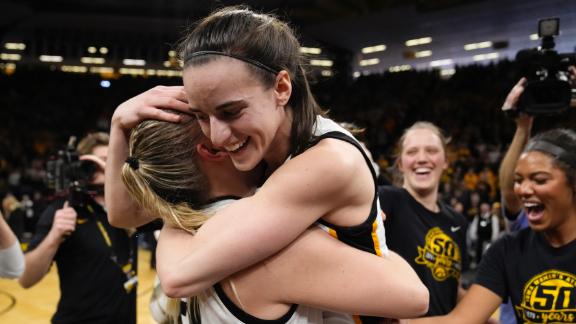CasualFan24
Well-known member
When the second horn sounds, we are in the huddle using our voice to let them know the "time out is over, we are ready to play"...... if that doesn't work, then we tell them again..... if that doesn't work, we them we are starting without them, either by advising that we will put the ball on the floor or will give it to the other team.
Assistant coaches are vital in this process. We (crews I work with) will idenitfy one assistant from each team before the game and tell them, "your responsibility tonight is to get your team out of the huddle"
Utilizing the game management techniques noted above have allowed me to get through 4+ decades of officiating basketball rarely using the resumption of play procedure.
Last time was last year....... we put the ball down 17 seconds after the second horn sounded. Team A was still sitting on their bench.
If that makes the three of us working that game bad officials..... so be it.
I just feel that it is preventable. The official that was responsible for alerting that team of the first horn, should (as Allsports said) be there at the huddle telling them they need to come out of the timeout RIGHT NOW. Then once the team disburses, a conversation with the head coach about this is the last time you're going to be late coming out of the timeout - and issue the threat of starting play without them the next time it happens. Obviously if this is continued to be ignored then yes, you can take drastic measures like putting the ball down and starting the count.What would you do if there was significant delays?
I kind of think of it this way - what would OHSAA or any observer say to you in the locker room if you did or called "x" during a district, regional or state playoff game? This is one of those things - an observer is going to eat you alive in the locker room for putting the ball down and starting a count during a game like that - and there is no reason to treat a regular season game any differently IMO. Now on the flip side, observers will also get on you if you're not getting the teams out of the huddles quick enough too....but I think the consequences of that are less than that of putting the ball down and counting....
In this situation - is it within the rule for an official to issue a delay of game warning?
Last edited:



